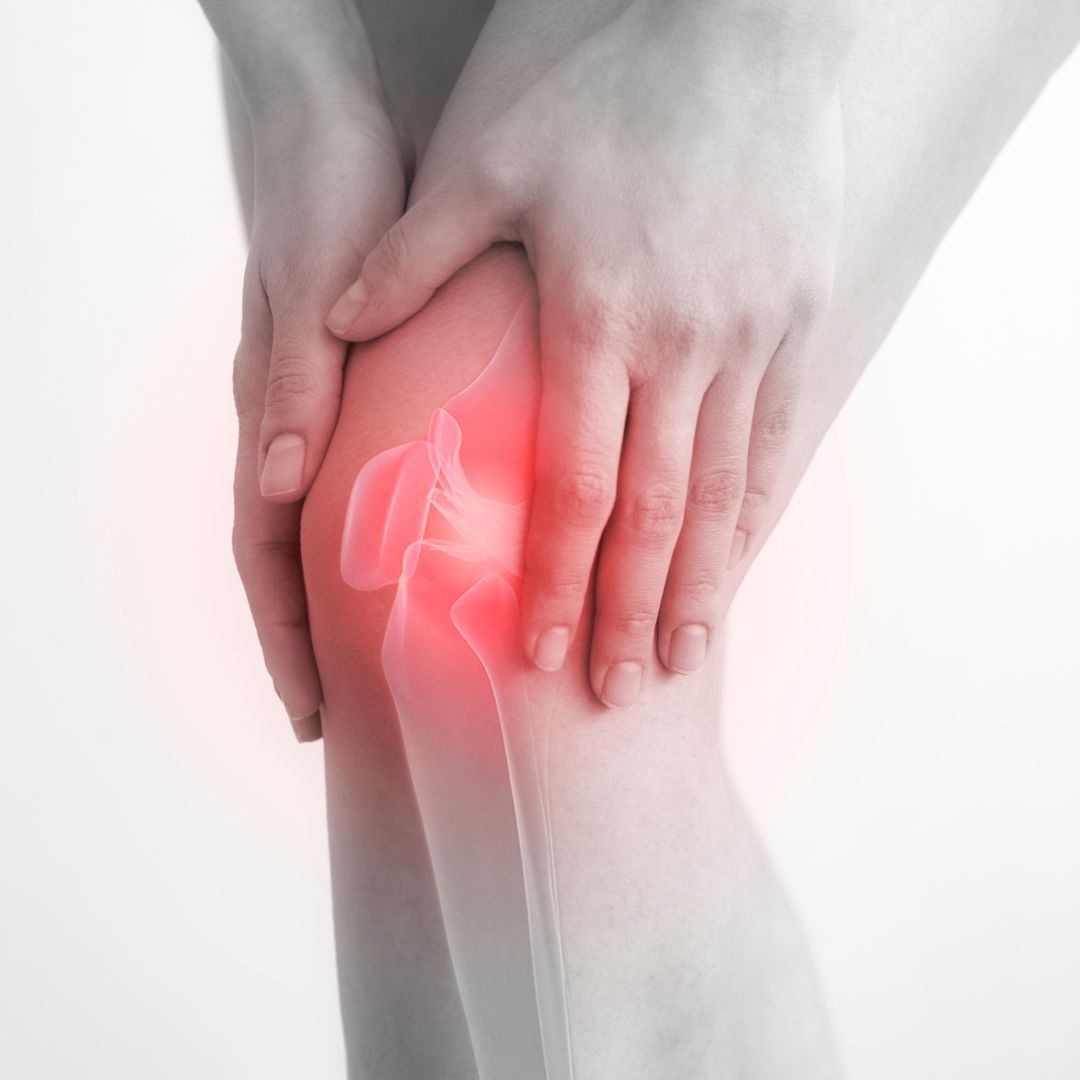Gout is a term that often pops up in conversations about joint health, but there is a lot of confusion surrounding it. Is it just a form of arthritis, characterized by acute inflammation, or could it be classified as an autoimmune disease? This article aims to clear up the confusion and provide a comprehensive understanding of gout, its causes, and its classification. Understanding these distinctions is crucial for proper diagnosis and treatment, as it influences both the medical approach and lifestyle adjustments necessary for management.
In addressing these questions, we will explore the nature of gout, its underlying causes, and how it is distinguished from autoimmune diseases. We will also delve into common symptoms and management strategies, providing a holistic view of this condition. This knowledge is not only beneficial for those affected by gout but also for caregivers and healthcare professionals who support them.

